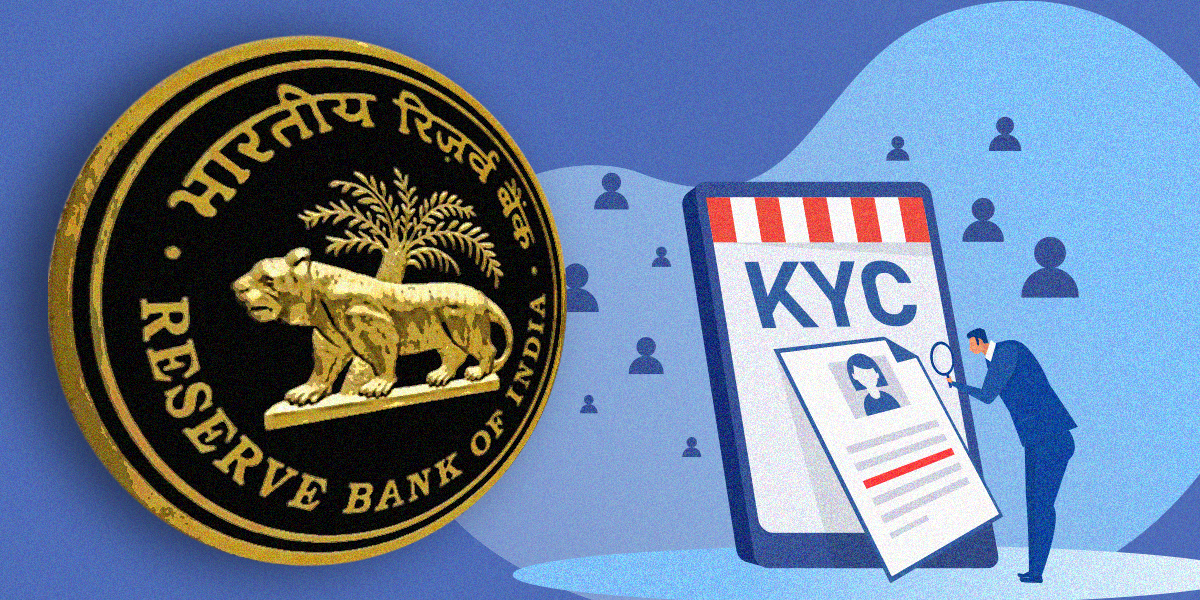Something really fascinating may be happening to your Chaiwallah across the lane.
Next time you wander in, don’t be surprised to see a tie-clad serious-looking fellow sitting in his tapri the entire day counting empty tea cups. This isn’t all. The same executive may enquire about the daily routine of stall owner, his/her literacy levels, family constitution, aspirations, criminal antecedents, and even food habits! And no, the executive is not from government.
This executive is from a new breed of ‘fintech’ startups and is spending the entire day in and around this tapri to simply assess the credit worthiness of the owner.
Welcome to the new era of financial inclusion wherein tech based startups are breaking the mould by introducing such ‘out of the cup’ risk assessment models for identifying credit worthiness. These startups have Big Data, Analytics, Artificial Intelligence, Machine Learning, and psychometric tools forming their arsenal.
Virtual foot-print analysis and social quotient are their new found weapons.
Noteworthy is the fact that this chaiwallah of yours is unbanked till date and is still sadly dependent on local money lender for credit needs to run his shop. People like him end up paying interest rates which are as high as 60 percent per annum.
Seemingly, new doors have opened for those on whom the bank had shut the door.
The MSME is hungry for growth credit and how. There are 55 to 60 million MSMEs active in India today, contributing 45 per cent to the national GDP. The credit demand for this sector is nearly Rs 45 lakh Crore or $600 billion. Even among the MSMEs, those with income less than Rs 10 lakh annually, form the largest chunk close to 80-85 per cent. In all, close to 96 per cent of the MSMEs have income less than Rs 1 crore.
Nearly 40 per cent of the MSME lending is by the informal sector and an additional 25 per cent is invisible.
According to the research carried out by Omidyar Network, digital lending has the potential to grow 10 to 15 times larger by 2023 to INR 6-7 lakh crore or $80 to $100 billion – nearly as large as the global microfinance industry today.($114 billion loan portfolio)
Fintechs are solving the Access and Assess problem using AI and ML and have shortened the time period for filing the application. They have converted it into buying experience, says Abhishek Kothari, co-founder of Flexiloans. From physical Jan pehchan model they have gone into digital Jan-pehchan.
Until sanction of loan there are no physical touch points, hence the operational cost is reduced. Approval happens mostly in 48 hrs and in 2-3 weeks loan is disbursed. Even the collection is machine assisted with regular digital reminders to customers.
Intrigued with these developments and humongous growth potential, Entrackr caught up with some Digital Lenders. A few questions were posed to all of them:
What are their differentiators from legacy institutions?
What are the actual ground challenges which they face in real execution?
What will trigger ‘explosive growth’?
Abhishek Kothari of Flexiloans has an interesting take. The country is divided into India and Bharat with the latter trying to play catch in terms of digitisation and virtual foot-printing. On their radar are SMEs which have been turned away from the banks but otherwise have enough social and virtual footprint for their juggernaut to chew upon.
His company’s focus is on retailers and manufactures with banking history and a transactional track record with partners such as Flipkart and Amazon. They use Artificial Intelligence and Machine learning to scan the cash flow, document, virtual footprints, and fraud detection.
The outcome is the new credit score appraisal that has moved away from the bank’s stringent 750+ CIBIL score for creditworthiness. The lending here is collateral free and short term. One office in Mumbai caters to the entire country and there are no branches. The physical verification is done by the agencies only once the loan is sanctioned. The company has advanced close to 10,000 loans with average ticket size of Rs 4 lacs.
In contrast, entities such as Finova Capital and Bizloan which are focusing on the unbanked section of the MSME, vouch for the physical touch points to assess the creditworthiness.
Mohit Sahney, co-founder Finova Capital, which raised funding from Sequoia, has his eyes firmly set on the unbanked section such as chaiwallahs, maids, plumbers et al. Technology is just a tool to reach out these people to map their business operations and credit needs for companies like his.
He expects the company’s loan book to swell to Rs 550 Crore from Rs 250 Crore this fiscal. The present 55 branches of the firm have scope for 100 more branches in Rajasthan alone, he quips.
Their growth implies if the opportunity is humungous, so is the risk.
You ask about the NPA levels and everyone is guarded. Finova, which is into secured lending, says its NPA stands at .3 per cent and for Flexiloans, it’s a little over 1 per cent but ‘manageable’. There is the talk of NPA as high as 10 per cent for some entities in the space.
A banker who is handling MSME loans, looks visibly unhappy over the enthusiasm for the fintech companies. He cites the example of the high default rate in PM Mudra Yojna. Sooner or later the cookie will crumble, he fumes.
Is an explosive growth possible in MSME lending? According to Abhishek Kothari, only 5 lakh people have been serviced by digital lenders against the demand for Rs 6 crore for the SME sector. His company receives around 50k applications per month out of which they shortlist 5000 and finally service only 2000 loans per month, feeling the liquidity strain.
The cost of funds is high for the lenders. Money is not being made available to them by the banks. Due to IL&FS saga, everyone is facing the music for now. The regulatory landscape is still not clear. It will require government intervention to provide insurance cover to lend to the people with no banking records and collaterals, are the remarks on real ground challenges.
To ease off liquidity strains, foreign capital can come in a big way if they are assured of 5-6 per cent return, points out a consultant. They shall, of course, study a few cycles to assess if the processes are in the right place to entail that kind of return. For this reason, the big ticket VC funds in the sector have not happened as yet.
The industry is only in a nascent stage and the funds are understandably watchful.
On triggers for disruptive growth, almost all are of the opinion that legacy banks will have to align with fintech firms. Banks cannot give small value loans as the operations cost are not manageable. Fintechs are not only armed to use technology to fasten the loan process, but are entering the turf that the banks had shunned so far.
Sooner or later banks have to take cognisance of their existence.
The real disruption in lending space may be some years away, but with all these chutzpah, fintech certainly is a space to watch out for!














